Introduction of Automation in Construction
Important Point
Construction is one of the largest industries all over the world. The various Reports states that the construction sector contributes to about 10% of the economy of the country.
The construction industry has one of the largest market capitalization and potential. Despite there are many construction firms which are struggling due to a shortage of skilled workmanship and slow rate of the completion of the projects.
Nowadays there is a huge boost in construction automation. Construction automation plays a great role to improve the productivity and performance of the industry.
In this article, you will get to know all about construction Automation and its advantages and applications in the construction Industry.
Automation is defined as self-regulating with the use of computerized machines to execute various tasks. It will help to increase and improve the productivity and safety of the construction projects.
Automation in Technology is mainly concerned with the application of innovative and computer-based systems to operate and control the overall method of production.
There is a huge scope in the construction Automation which consists of the entire construction process. Automation in Construction Industry makes appropriate use of machines, electronic devices, and computer software’s for various construction works.
The main purpose of using automation and robotics in the construction industry is to reduce the effort, time conjunction, and increase productivity so that it can be completed with less cost.
The primary need for automation in the construction industry is to increase the speed of construction with maximum productivity and to protect humans from safety and health hazards.
There are various problems which are associated with the construction works such as the low quality of product and shortage of skilled workers.
All the problems that are associated with construction sites can be overcome by the implementation of automation in the construction industry. It has tremendous potential to improve the quality, safety, and productivity of the Construction Industry.
Also, Read: Properties of Stones | Requirements of Good Building Stones
Where Are Use Automation in Construction Sector?
Automation in construction different areas used are as follows.
1. Automation and Robotics in Construction Sector and Precast Concrete Industry
Automation and Robotics in the construction sector and precast concrete Industry changes the whole procedure of the construction Industry.
Precast concrete and Modular system take center stage in the Construction Industry. Due to constant changes in prefabrication and in situ construction, it is very necessary to adapt digital planning and various innovative working methods in the construction industry.
2. Automation and Robotics in Prefabrication of Masonry and On-Site Masonry Construction
There is also advancement and the use of 3D printing of concrete is increasing day by day. The use of 3D printing with robots to produce formwork and reinforcement.
The conventional method of prefabrication can be made flexible and cheaper by using automation and robotics in the prefabrication of masonry and on-site masonry construction.
The one of the main challenging tasks on the construction site is to support laborers in their work with machines. There is a need for intelligent use of planning knowledge in combination with easy configuration and adaptability on the construction site.
The highly complex megastructure can also be constructed with incremental spot welding. The development of additive manufacturing through the robot fabrication of incremental point building in steel construction technology.
Also, Read: How to Load Calculation on Column, Beam, Wall & Slab
3. Automation and Robotics in Timber Construction
Automation and Robotics in timber construction integrate advanced computational design. The innovation in timber construction increasing day by day with digital fabrication tools such as CNC machines having become well established in the Timber industry.
Automation and Robotics in timber construction and advanced robotic fabrication in Timber have shown great results in the development of the manufacturing processes and various construction systems.
Mass Timber construction provides a great opportunity to develop more adaptive and geometrical innovative construction projects.
4. Automation and Robotics in Production of Steel Components
There is a huge advancement in construction technology which shapes the design of the architecture from new digital information workflows. Nowadays there is the development of new processes for using machines and materials with the help of automation and robotics in the production of steel components.
This development also affects the Steel construction industry. the procedure of construction of Steel industries totally changed with the advancement in technology and with the use of automation and robotics in the construction of Steel components.
The development in the robotic fabrication of 3D printing in the steel components leads to advancement in construction technology and new ways of mass customizing. In the end, automation and robotics in the construction industry help to improve the productivity and efficiency of construction methods.
Advantages of Automation in Construction Industry
The advantages of construction automation are as follows
- Automation in the construction industry will easily execute jobs which is very difficult to be done with the help of laborers.
- It will help to conduct complex works at dangerous locations.
- Construction automation provides a uniform quality product with more precision.
- Automation in the construction industry provides more precise and uniform quality products.
- It improves safety of the workers and enhances the quality of the work.
- Automation gives higher output and increased productivity with less variability.
- Automation reduces the cost required for a project and increases the efficiency and productivity of the project.
- Automation provides greater control and consistency and a safe working environment.
Also, Read: What Is Dry Pack Mortar | Advantages of Dry Pack Mortar | Disadvantages of Dry Pack Mortar
Applications of Automation in Construction Industry
The various applications of automation in the construction industry are as follows
- Automation in the construction industry has wide applications in timber construction.
- Automation also has applications in the construction of steel components.
- Automation is useful in on-site physical tasks such as laying bricks with the help of robots.
- It helps the project team to identify and analyze the mistakes for efficient execution of the work.
- Automation helps to conduct the various labor tasks at various locations where the workers cannot do them.
- There will be very less dependability on laborers with the use of automation in construction.
- Automation is also used in the operation and maintenance of the Buildings.
Examples of Automation and Robotics in the Construction Industry
There are various examples of automation and Robotics in the construction industry which are as follows
- Use of Drones in the survey working areas all of the automated monitoring of work sites without the need of active supervision. It will also allow construction companies to conduct free project inspections and other important site monitoring activities.
- The use of autonomous machines on the construction site is used to transport materials across the worksite and to haul heavy items without posing a risk to workers.
- The use of Robotics in concrete work is used to mix concrete and lay the cement which allows construction companies to prepare precast and ready-mix concrete products.
- Virtual Reality in the construction of all of the companies to plan for a project even before they lay down a single brick. It simulates a realistic environment that allows builders to analyze the various structures using a series of scanned images.
Construction Automation
Automation in Construction is an international journal for the publication of original research papers. The journal publishes refereed material on all aspects pertaining to the use of Information Technologies in Design, Engineering, Construction Technologies, and Maintenance and Management of Constructed Facilities.
What Is Automation in Construction?
The scope of Automation in Construction is broad, encompassing all stages of the construction life cycle from initial planning and design, through construction of the facility, its operation, and maintenance, to the eventual dismantling and recycling of buildings and engineering structures.
Can We Automate Construction?
As many as 2.7 million construction positions could be replaced by machines by 2057, a recent study from the Midwest Economic Policy Institute (MEPI) found. The study claims about 49% of all construction jobs can be automated, which would save time and money.
Automation in Construction Industry
Automation in Construction is an international journal for the publication of original research papers. The journal publishes refereed material on all aspects pertaining to the use of Information Technologies in Design, Engineering, Construction Technologies, and Maintenance and Management of Constructed.
Can Robots Do Construction Work?
Yes, robots can replace humans for different work, like building underwater, but since the construction industry is one of the most dangerous industries, they’re doing so to help with work and improve safety.
Advantages of Automation in Construction Industry
Automation increases the productivity of the construction project, reduces the duration and laborious work, and increases the construction safety, increases the quality of work as compared to unskilled workers.
Disadvantages of Automation in Construction Industry
Construction Automation has many drawbacks like, low quality of the final product, shortages of skilled labors, the safety of labor, poor weather condition, and short construction period which nowadays are features of the project.
Application of Automation in Construction Industry
Automated Construction of Prefabricated Homes – a Growing Sector. Clever housing development firms are pushing forward with the construction of prefabricated homes in special warehouses, where manufacturing know-how, including the use of assembly lines, is being used to enhance worker productivity and reduce costs.
Benefits of Automation in Construction
5 Benefits of Automation in Construction
- A Streamlined Bidding Process.
- Increased Productivity.
- Improved Employee Satisfaction.
- Reduced Costs.
- Improved Client Experience.
- Bottom Line.
Automation Technologies for Construction Industry
Automation in construction refers to the use of machinery, software, and other technologies to perform tasks that were previously done manually by workers. One of the most significant benefits of automation in construction is increased productivity.
Automation Solutions for Construction Companies
Automation solutions have become increasingly prevalent in the construction industry, offering numerous benefits such as increased productivity, improved safety, and cost savings. Here are some key automation solutions that construction companies can consider:
- Robotics and Autonomous Vehicles: Robots and autonomous vehicles can perform various tasks in construction, such as bricklaying, concrete pouring, material handling, and site surveying. These technologies can enhance efficiency, accuracy, and safety by reducing manual labor and human error.
- Building Information Modeling (BIM): BIM is a digital representation of a construction project that includes 3D models, specifications, and data. BIM software allows for improved collaboration, clash detection, and visualization throughout the project lifecycle, leading to better planning, coordination, and decision-making.
- Drones: Unmanned aerial vehicles (UAVs), or drones, can capture aerial imagery and collect data for site surveys, inspections, and progress monitoring. Drones provide quick and cost-effective data collection, allowing for better project monitoring, site analysis, and identification of potential issues.
Role of Robotics in Construction Automation
These are some applications of robotics in the construction industry for which Robotnik robots are used: Prediction of required tasks. Evaluation of the progress of a project. Early detection of possible errors.
Implementing Automation in Construction Projects
Implementing automation in construction projects can significantly improve efficiency, productivity, and safety on job sites. Here are several key areas where automation can be applied in construction:
- Prefabrication and modular construction: Prefabrication involves manufacturing components off-site and assembling them on-site. Automation can be used in the fabrication process, such as robotic arms for precise cutting, welding, and assembly. Modular construction, where entire building modules are prefabricated off-site, can also benefit from automated assembly lines.
- Robotic construction equipment: Robots can perform repetitive and physically demanding tasks, reducing the need for manual labor. Examples include bricklaying robots, robotic excavators, autonomous dump trucks, and drones for surveying and inspection.
- Building information modeling (BIM): BIM is a digital representation of a construction project that integrates 3D modeling, scheduling, and cost information. Automation can be used to extract data from BIM models, generate construction schedules, and simulate construction sequences to optimize project planning.
Automation Construction
Automation in construction refers to the use of advanced technologies and robotics to streamline and enhance various aspects of the construction process. It involves the integration of automated systems, machines, and software to improve efficiency, accuracy, and productivity in construction projects.
Examples of Automation in Construction
For example, using automated machinery for tasks such as concrete pouring, bricklaying, and welding can significantly increase the speed and accuracy of these tasks, allowing for more work to be completed in a shorter amount of time. Another benefit of automation in construction is improved safety.
What Are the Advantages of Automation?
Advantages commonly attributed to automation include higher production rates and increased productivity, more efficient use of materials, better product quality, improved safety, shorter workweeks for labour, and reduced factory lead times.
What Is Automation in Construction?
Automation in construction refers to the use of technology, robotics, and advanced systems to automate and optimize various tasks and processes within the construction industry. It involves the application of automated machines, software, and control systems to improve efficiency, productivity, and safety in construction projects.
Why Construction Automation Is Beneficial?
Because automation results in streamlined project timelines, increased productivity, reduced human error and the likelihood of re-starting projects, overall costs are reduced. Hiring costs are also reduced because less personnel is needed to perform highly repetitive tasks.
Automation in Construction Industry
Equipment control and management: Automation can be used to control and monitor construction equipment, such as cranes, excavators, and bulldozers. Material handling: Automated systems can be used to handle, transport, and place materials such as concrete, bricks, and stones.
Construction Automation Companies
8 companies bringing robotics and automation to construction
- Construction Robotics. We’ve featured Victor, NY-based Construction Robotics and its SAM100 masonry robot on our site a
- couple of times.
- Caterpillar.
- Cazza.
- Piaggio Fast Forward.
- Full Stack Modular / DIRTT / Hill Group.
Automation in Construction Abbreviation
The ISO4 abbreviation of Automation in Construction is Autom.
Like this post? Share it with your friends!
Suggested Read –
- Crane Machine Construction
- Uae Construction Companies
- Control Lines in Construction
- H-Beam vs I-Beam | What Is H-Beam | What Is I-Beam
- What Does Parapet Mean | Types of Parapet Wall | Uses of Parapet Wall
- 15 Difference Between Bridge and Culvert | What Is Bridge | What Is Culvert
- Cinder Block Vs Concrete Block | What Is Cinder Blocks | What Is Concrete Blocks
- What Is Reinforced Brick Masonry | Construction of the Reinforced Brick wall | What Is Reinforced Brick Concrete
- What Is Superelevation | Superelevation Definition | Superelevation Formula | Calculation of Superelevation in Roads
- What Is Oblique Drawing | Oblique Drawing Examples | What Is Oblique View | Oblique Projection | Oblique Shape | Cabinet Oblique | What Is Cavalier Drawing
Originally posted 2023-06-14 14:15:44.
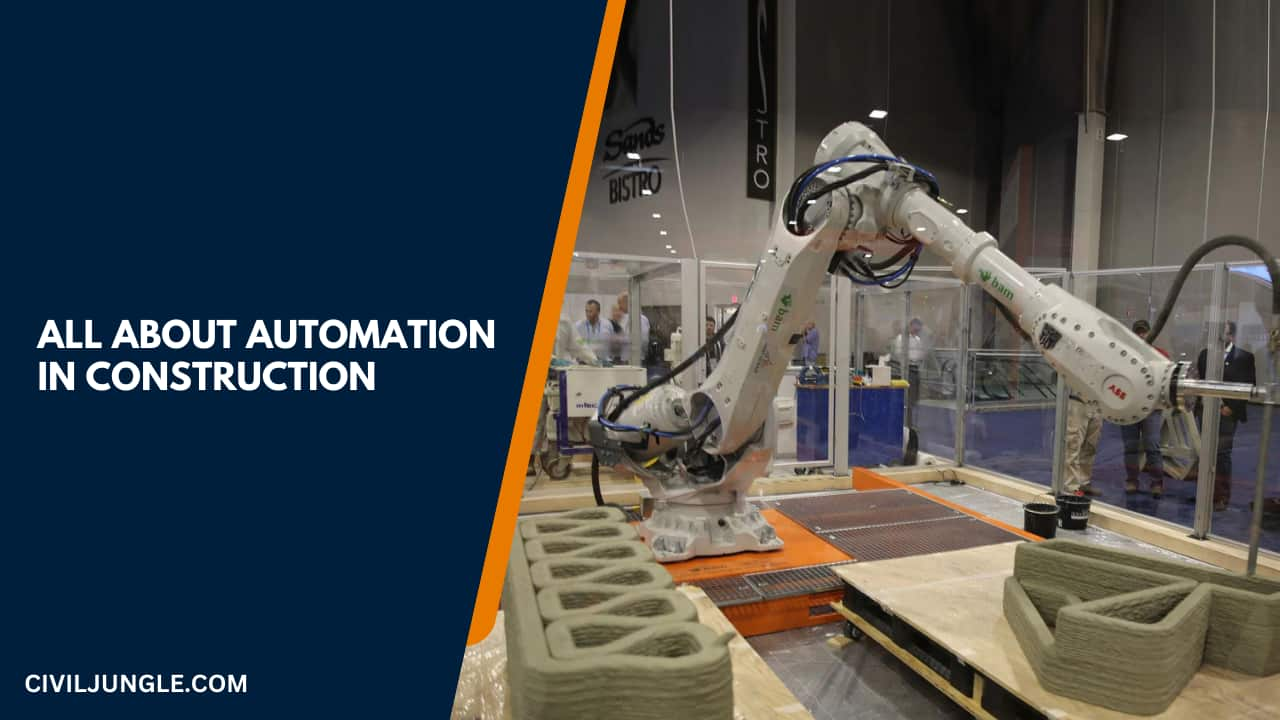
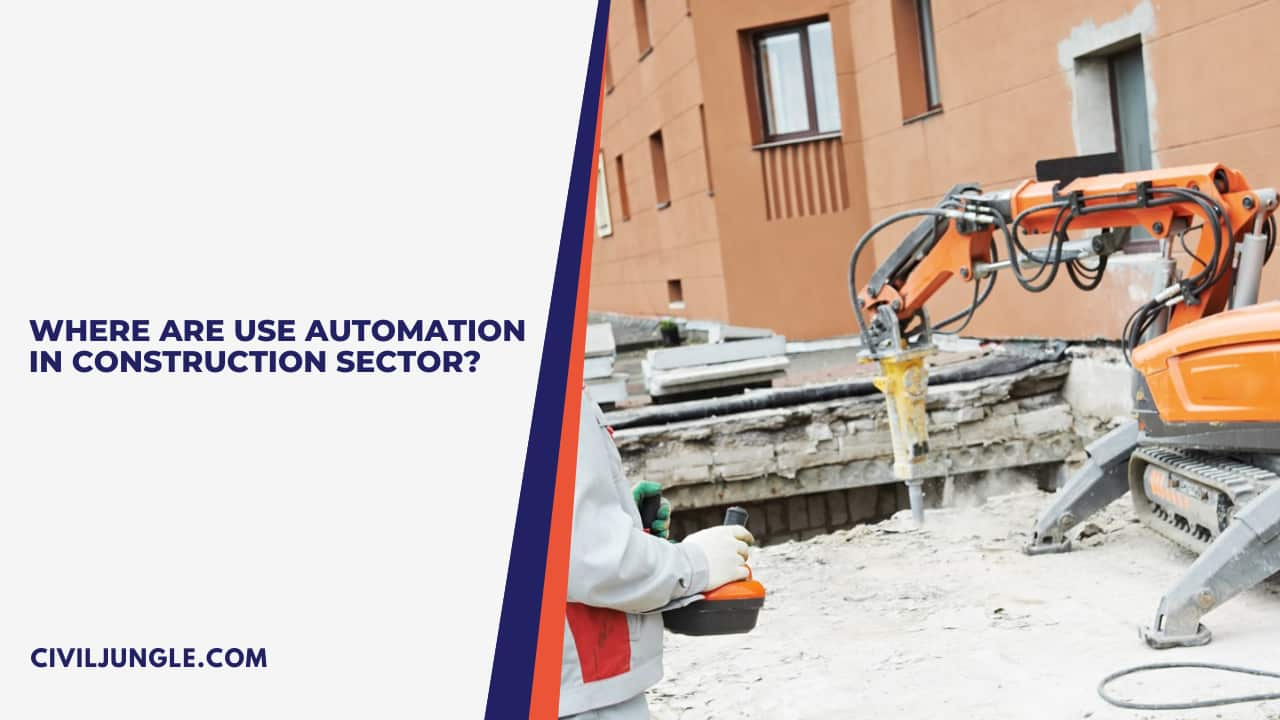
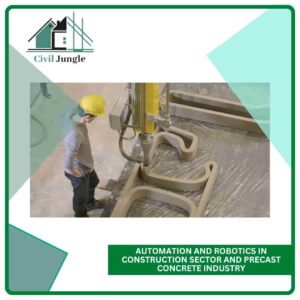
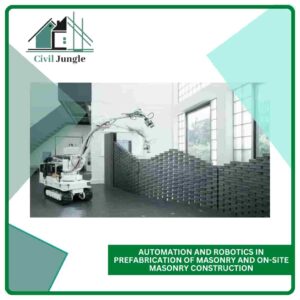
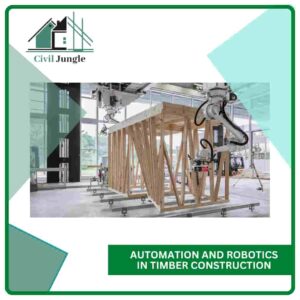
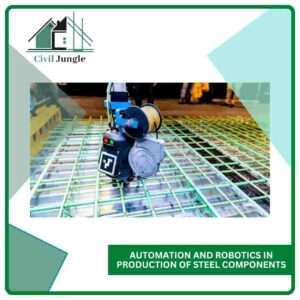
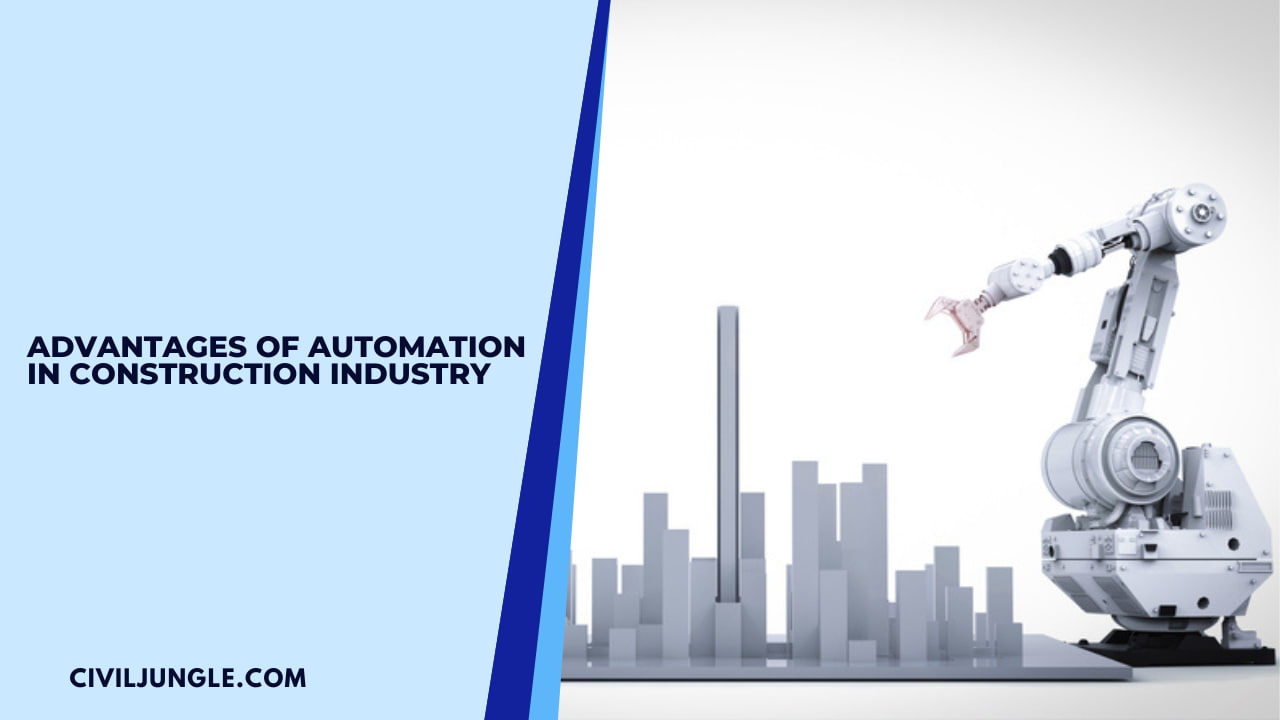
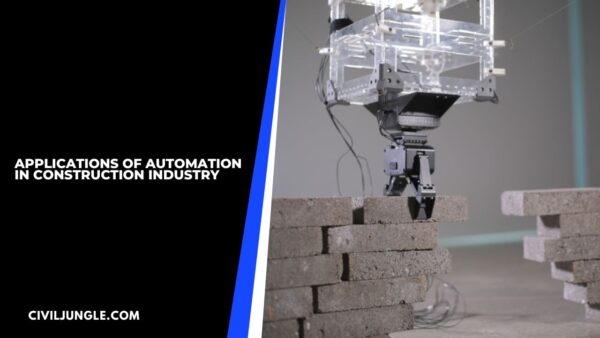

Leave a Reply